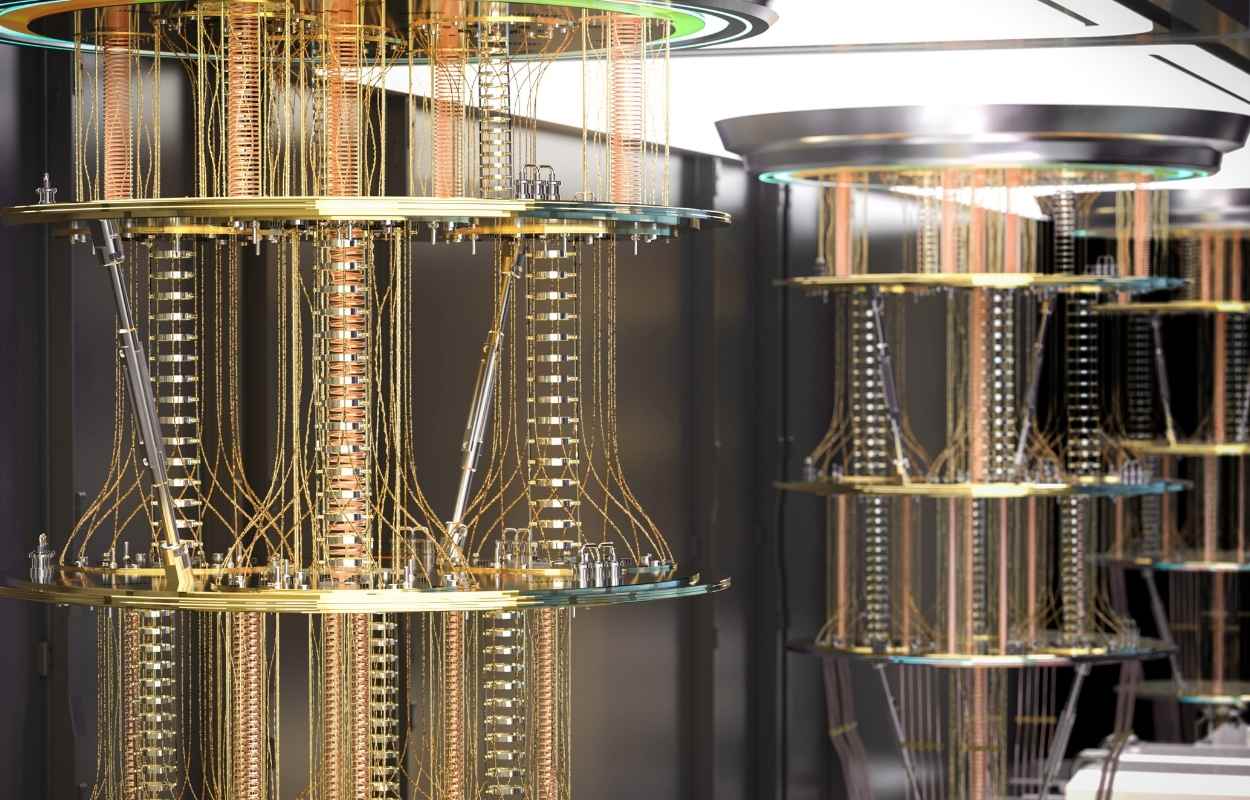
As energy grids become more complex, classical computing is starting to show its limits. We spoke with Matthias Kaiser from Kipu Quantum about how quantum technology could offer a smarter, more scalable path forward.
Smart grids are the backbone of the modern energy transition. Designed to handle renewable generation, decentralised assets, and the demands of electrified transport, they promise a cleaner, more efficient future. But behind this promise lies growing complexity. Every new solar panel or wind turbine adds to a tangled web of data, infrastructure, and control systems that must operate in near real-time.
The challenge? Energy usage and generation aren’t easy to predict. Renewable energy is inherently variable, and as households shift to electric heating and mobility, energy demand becomes just as volatile as supply. And if the scalability issues of smart grids can’t be addressed, it could result in congestion, failures, and even outages.
A New Way to Optimise Smart Grids
Quantum computers are built for the kinds of complex, ever-changing challenges that smart grids present. One of their biggest strengths is how they handle scale. In classical computing, the time it takes to solve a problem often grows exponentially, meaning if you double the number of variables, the problem might take ten times longer to solve. But on a quantum system, that same increase might only make the problem twice as hard (linear scaling) or just slightly harder (logarithmic scaling). And quantum computers won’t just solve existing problems faster—they’ll be able to tackle challenges so complex that you wouldn’t even attempt to solve them with classical computers. Suddenly, it becomes possible to model and optimise entire grids in real time, coordinating energy from millions of sources and users, and dynamically balancing loads across the network to prevent outages and maximise efficiency.
Security That’s Future-Proof
As smart grids grow more connected, their vulnerability increases. Quantum technologies present both a challenge and an opportunity here. On one hand, it could be used to break widely used encryption methods, exposing sensitive infrastructure. On the other hand, it could provide stronger protections through quantum-safe cryptography and quantum key distribution.
Energy companies will need to act before the threat materialises. Luckily, it requires quite a few qubits to do this, so it’s not likely to happen this year or next, but it’s probably around ten years on the horizon. That being said, new threats like ‘Harvest Now, Decrypt Later’ are unfolding. They involve stealing encrypted data now, in hopes that it can be decrypted years later when quantum systems mature. That’s why governments and companies are already adopting post-quantum encryption standards.
The Answer to AI’s Power Problem
Generating a single 100-word email using GPT-4 uses 0.14 kWh—enough to power 14 LED bulbs for an hour. Multiply that by ChatGPT’s 400 million weekly users, and the strain on the grid becomes clear. And the demand isn’t going anywhere. Bloomberg recently reported that US power demand from data centres could surge by 20–40% in 2025.
Quantum computing will make computation radically more efficient. While classical AI relies on massive GPU farms and energy-hungry data centres, a single cooled quantum processor can solve problems that would otherwise require millions of GPUs. This breakthrough could make smart grid management not just smarter, but cleaner too.
Smarter AI for Smarter Grids
In terms of how quantum can help AI in the present, we’re beginning to see the potential of quantum-assisted machine learning, particularly in training smaller, more accurate neural networks. In the context of smart grids, this could improve everything from weather forecasting to predictive maintenance. For example, selecting the most relevant features in a dataset, like identifying which variables most influence wind output in a given region, is an optimisation task. And as already mentioned, optimisation is quantum’s forte.
Detecting the Unexpected
Another frontier where quantum computing shows huge promise is anomaly detection. Smart grids generate staggering amounts of data from weather sensors, consumption meters, substations, and more. But in most cases, only a fraction of that data is actually meaningful for decision-making. Identifying the few data points that signal a potential threat, be it a failing transformer, a cyberattack, or unexpected demand, is a classic needle-in-a-haystack problem that quantum is positioned to solve.
The Path Ahead
Quantum computing won’t flip a switch and instantly fix the grid. Right now, we’re at the equivalent of the 1950s and 60s in classical computing, when machines were hand-built to perform a single function, required deep technical expertise to operate, and weren’t yet part of everyday business. But we know how that story ends.
Start Preparing Now
The most important takeaway? Don’t wait. Many companies were late to AI, and they’re busy playing catch-up. With quantum, the window of opportunity is open now. Even conservative utilities like E.ON are building quantum teams and exploring pilot use cases. You don’t need a full quantum infrastructure today, but you do need a strategy.
Because the smart grid is only going to get smarter and more complex.
And quantum computing might just be the smartest way to manage it.
Looking for more insights?
Get exclusive insights from industry leaders, stay up-to-date with the latest news, and explore the cutting-edge tech shaping the sector by subscribing to our newsletter, Commodities Tech Insider.
Modal Title
Featuring insights from
Read more blogs

In many commodities markets, trading still happens over the phone. A squawk comes through: “Sep offered 703.” A trader glances up. That same contract was 711 just an hour ago. They call the broker. “Still...


We spoke with Navin Parasram, Head of Trading at Alpiq, a leading Swiss energy producer and service provider, about what good digital transformation should look like and what technologists and business leaders overlook. With decades...


Back in the day, everyone relied on information from a handful of global weather providers. These were run by large national agencies that could afford to operate expensive supercomputers to run large-scale numerical simulations. But...

